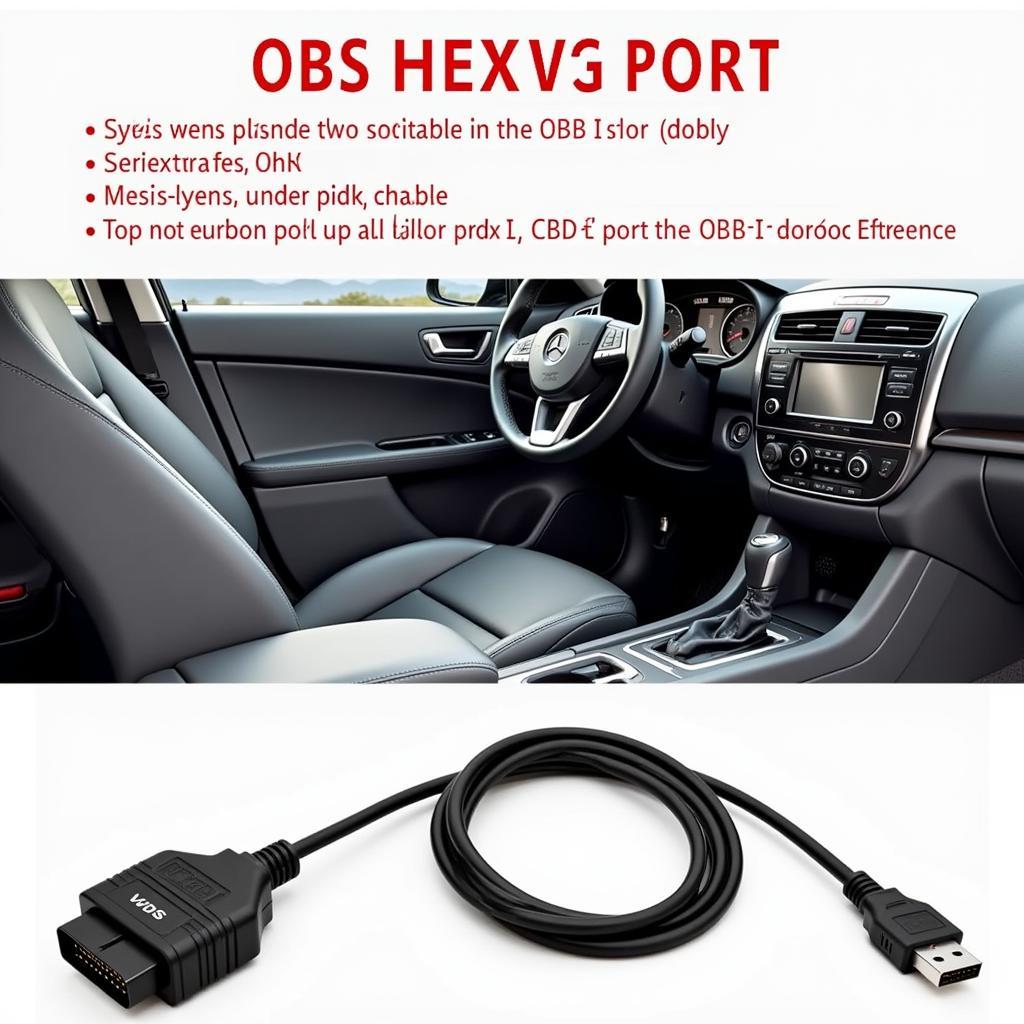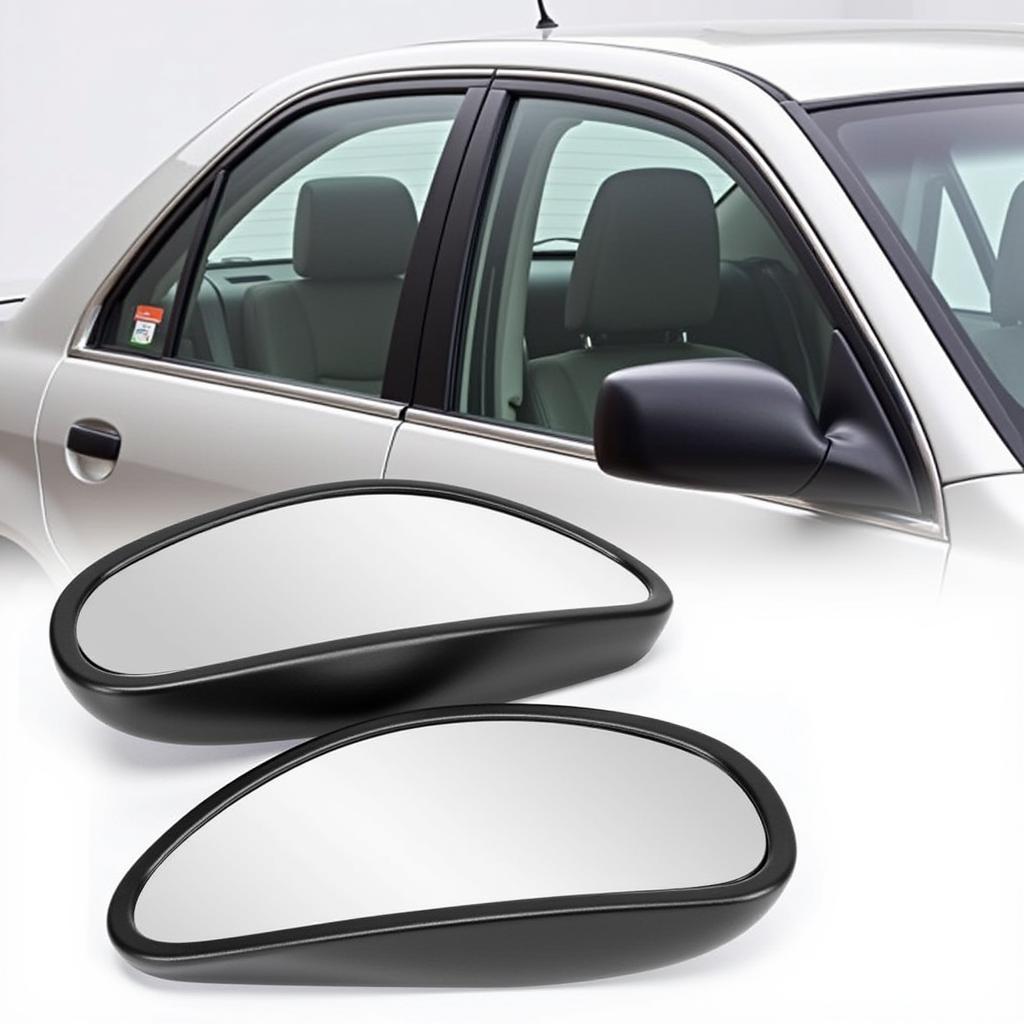Steering angle sensor calibration VCDS is a crucial procedure for maintaining the proper functioning of your vehicle’s Electronic Stability Control (ESC) and other driver-assistance systems. A misaligned steering angle sensor can lead to a variety of issues, from a constantly illuminated ESC light to more serious problems like impaired handling. This guide provides a detailed overview of the process, common issues, and solutions. Let’s dive in!
After a steering angle sensor replacement or other related repairs, performing a steering angle sensor calibration using VCDS is often necessary. Learn more about specific applications such as vw steering angle sensor reset vcds. This seemingly small component plays a big role in your vehicle’s safety and performance.
Understanding the Steering Angle Sensor and Its Importance
The steering angle sensor (often referred to as G85) tells the car’s computer the precise position of your steering wheel. This information is critical for various systems, including ESC, ABS, and even adaptive headlights. Without accurate data from the steering angle sensor, these systems might not function correctly, potentially compromising your safety.
Why You Might Need Steering Angle Sensor Calibration VCDS
Several situations necessitate steering angle sensor calibration vcds. These include:
- Steering Angle Sensor Replacement: After replacing the sensor, it must be calibrated to communicate accurately with the car’s systems.
- Steering Component Repairs: Work on the steering rack, tie rods, or suspension components can affect the sensor’s alignment.
- Battery Disconnection: In some cases, disconnecting the battery can disrupt the stored calibration data.
- ESC Light Illumination: A continuously lit ESC light often indicates a problem with the steering angle sensor, requiring recalibration.
How to Perform Steering Angle Sensor Calibration Using VCDS
Performing the steering angle sensor calibration vcds requires a diagnostic interface like VCDS (Vag-Com Diagnostic System) and a basic understanding of its operation. Here’s a simplified guide. However, always refer to your vehicle’s specific repair manual for detailed instructions.
- Connect the VCDS interface to your vehicle’s OBD-II port.
- Turn the ignition on, but do not start the engine.
- Open the VCDS software and select the correct vehicle model.
- Navigate to the “Steering Angle Sensor” module.
- Select “Basic Settings” or “Calibration.”
- Follow the on-screen prompts carefully. This usually involves turning the steering wheel to specific positions.
- Once the calibration is complete, clear any fault codes related to the steering angle sensor.
You might find helpful guides on how to use vcds to fix steering angle sensor and other related topics on our website. Remember to double-check the specific procedures for your car model.
Common Issues and Troubleshooting
While the calibration process is usually straightforward, you might encounter some issues. Here are a few common problems and their solutions:
- Calibration Fails to Complete: Ensure the steering wheel is centered correctly and that the ignition is on but the engine is off. Also, double-check the specific instructions for your vehicle model.
- ESC Light Remains On: If the ESC light persists after calibration, there might be a problem with the sensor itself or related wiring. Further diagnosis might be necessary.
- Incorrect Readings: If the steering angle sensor provides incorrect readings after calibration, check for mechanical issues like a damaged steering rack or tie rods.
For more information on using VCDS with steering angle sensors, visit our dedicated page on vcds steering angle sensor.
Why Choose Professional Calibration?
While DIY calibration is possible with VCDS, professional calibration ensures accuracy and addresses any underlying mechanical issues. Professional technicians have the expertise and specialized equipment to perform the calibration precisely, ensuring the optimal performance of your vehicle’s safety systems.
Conclusion
Steering angle sensor calibration vcds is an essential maintenance procedure for ensuring the proper functioning of your vehicle’s safety and driver-assistance systems. Understanding the process and potential issues can help you maintain your vehicle’s safety and performance. By following the steps outlined in this guide and addressing common problems, you can ensure your car operates safely and efficiently.
FAQ
- What is the steering angle sensor? It’s a sensor that measures the position of your steering wheel and relays this information to various vehicle systems.
- Why is steering angle sensor calibration necessary? Calibration ensures the sensor provides accurate data to the car’s computer, allowing systems like ESC and ABS to function correctly.
- How often should I calibrate the steering angle sensor? Typically, calibration is only necessary after replacing the sensor, performing steering component repairs, or if the ESC light illuminates.
- Can I calibrate the steering angle sensor myself? Yes, with tools like VCDS and proper instructions. However, professional calibration is recommended for accuracy and troubleshooting any potential mechanical issues.
- What are the signs of a faulty steering angle sensor? A continuously illuminated ESC light, erratic ESC behavior, or impaired handling can indicate a problem with the sensor.
- What is VCDS? VCDS (Vag-Com Diagnostic System) is a diagnostic software and hardware interface used to communicate with and troubleshoot Volkswagen Group vehicles.
- Where can I find more information about VCDS and specific car models? Check out our mk7 5 vcds page or explore the resources on steering angle sensor g85 calibration vcds.
Need help with your car’s steering angle sensor? Contact us via Whatsapp: +1 (641) 206-8880, Email: [email protected] or visit our workshop at 276 Reock St, City of Orange, NJ 07050, United States. Our customer support team is available 24/7.



